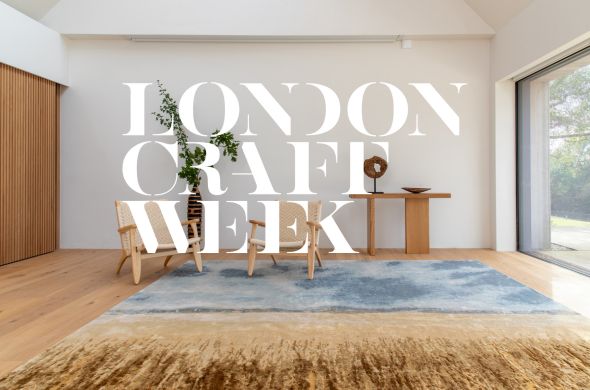O&A London celebrates its 20-year anniversary. In past years the studio grew by creating not only unique world class interiors but also bespoke furniture, textile, rugs, lights and wall covering collections. The creative tandem of the studio’s leaders Oleg Klodt and Anna Agapova are the driving force behind the team. During this time, we have been lucky enough to collaborate with extremely talented and creative professionals from around the world. They have not only become partners and co-authors of our collections but also friends.
We continue our “20 // 20” series where we introduce you to our colleagues and friends – artists, designers, craftsmen, editors who contributed to our success.
Our guest today is Aleksey Dorozhkin, editor-in-chief of one of the leading interior magazines, ELLE Decoration Russia. Aleksey is an art historian, board member of the Association of Interior Designers and Decorators of Russia (AIDD) and the Association of Object Design Specialists (AODS).
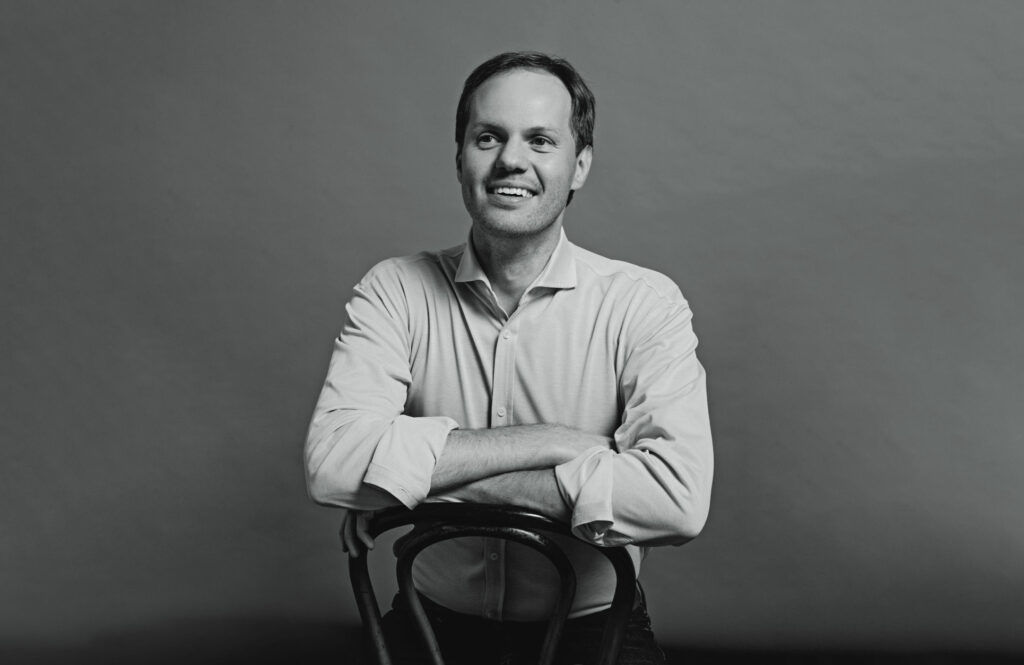
O&A: Alexey, what did you dream about as a child?
AD: I don’t think I really dreamt about anything as a child. I had everything I ever wanted. My grandma worked at “Detskiy Mir” (A central children’s goods department store in Moscow) and therefore all my childhood dreams were always fulfilled. (Laughs). To be honest I never wanted to be a fireman, artist or musician, and so I didn’t become any of those. I do remember having one wish which was to bring joy into people’s lives. And as you can see this eventually led to the road where I create something that brings that joy.
O&A: You have a History of Art degree.
AD: Actually, I have a degree in Finance. I graduated from the Moscow State Finance Academy where I started studying straight after leaving school. I was the only one from my school lucky enough to be offered a place. My main subject was insurance.
O&A: Why finance?
AD: Well imagine 1994. Everyone wanted to be a banker and went to the Finance Academy. I also wanted to be a banker and would have become one had I continued working for a bank. I worked in finance for 10 years and eventually I got tired of it and left for St. Petersburg. I decided to change everything without changing anything. I got a transfer to the St. Petersburg branch of the bank and started university again, but this time it was in History of Art. Before long, my dreams conflicted with reality so I left the bank. At first, I was in charge of exhibitions insurance, then I worked for the city’s cultural commission and after that at Sotheby’s auction house in Moscow. I was later invited to join Elle magazine. My current wife Elena Sotnikova was the editorial director of our publishing house and editor in chief of ELLE magazine at the time. Sometime later we relaunched ELLE decorations together. I have now headed the magazine for 11 years, and it turns 20 this year. Well, “headed” is possibly slightly overstated.
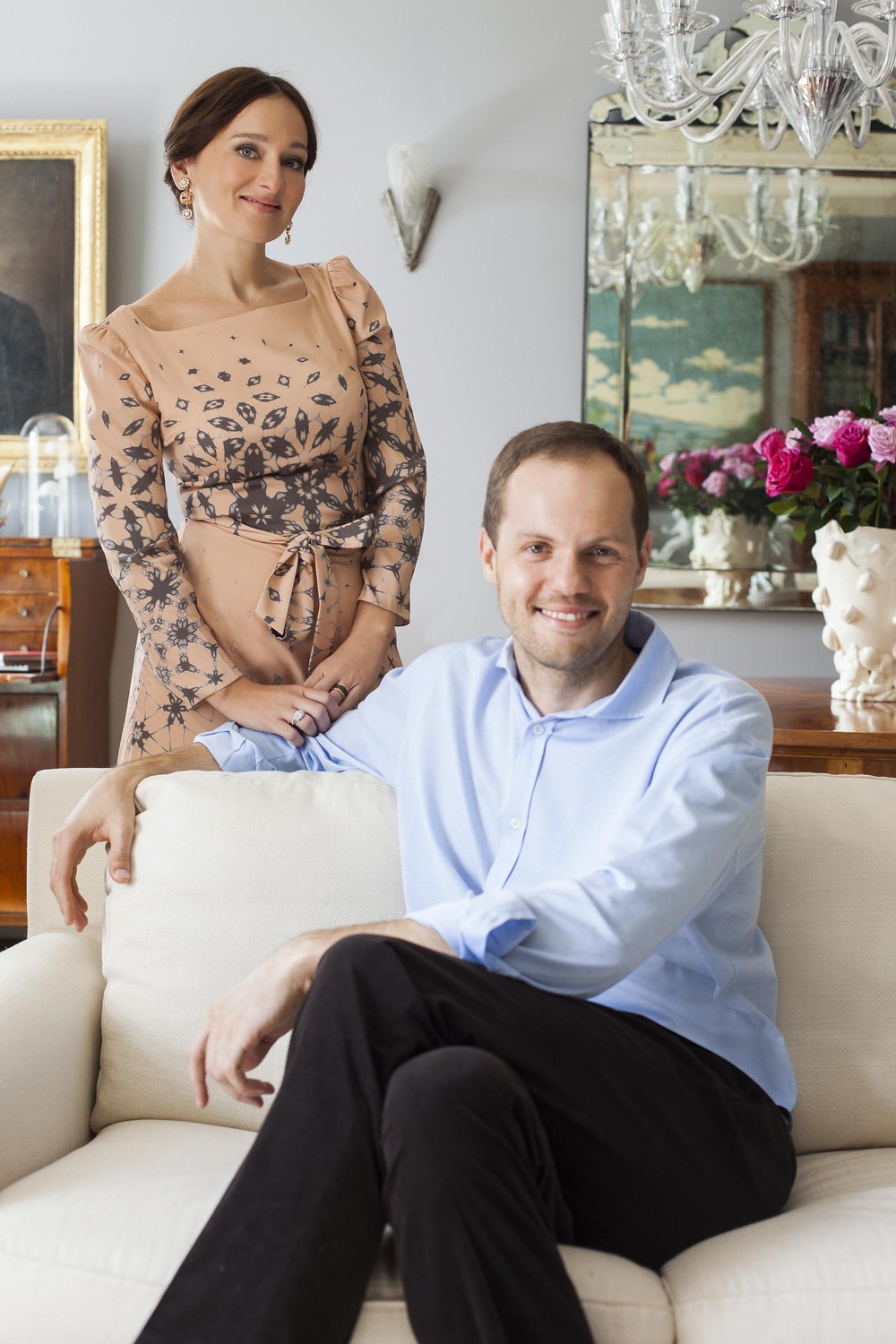
O&A: Let us go back to art briefly. Did you study History of Art at University?
AD: Yes, I did, but I never got into studying the science as I would have lacked perseverance. I was interested in Russian 18th century decorative and applied art and also in pictural art. My tutor Tatiana Valerianovna Ilyina, who sadly passed away last year, was one of the leading specialists in Russian pictural art of the 18th century. I really enjoyed studying Russian art under her supervision.
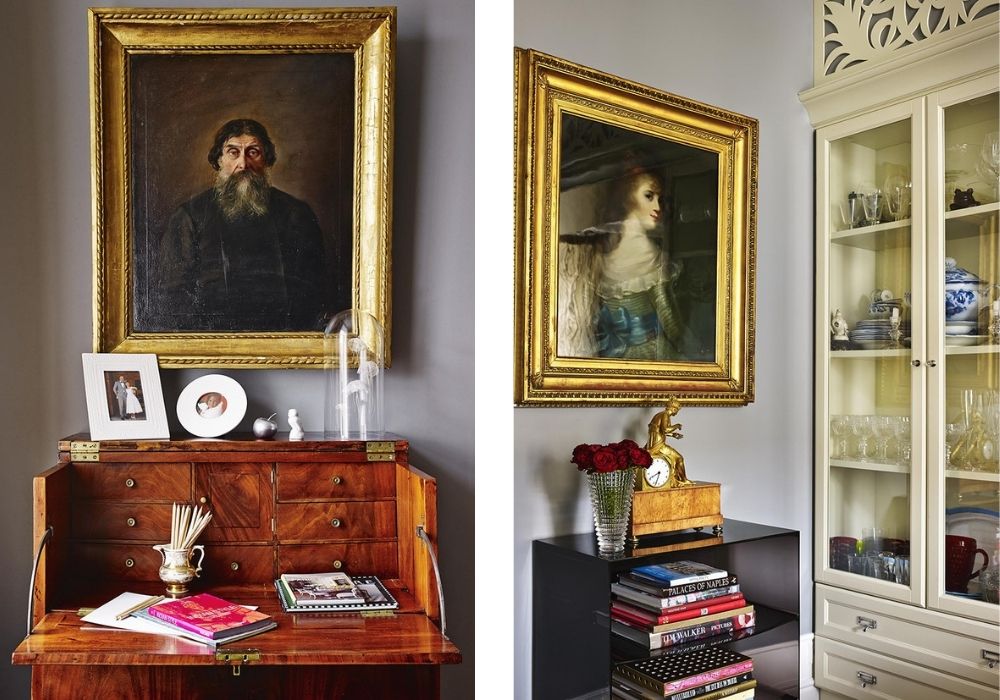
O&A: You used to work at Sotheby’s auction house. Was there a project from that time that makes you especially proud?
AD: I used to deal with exhibitions and was a project director which means that I physically organised all of pre-auction exhibitions that took place in Russia and the Ukraine. It was interesting of course. Any exhibition is a miracle of sorts. It may never open. There was magic in the moment where with only half an hour to go you would be running around polishing displays and then , the champagne is being served and the guests start arriving. And it was all extremely cool. In those days exhibitions were held at a properly large scale.
O&A: How do you feel about contemporary Russian artists? Are any of them worth following closely?
AD: Yes of course! It is very difficult to explain because modern art is largely subjective and therefore any explanations would also be subjective but we all want something that is objective. Therefore, one needs to trust one’s own feelings and just look at what one likes. As someone who has seen quite a lot I think that things that like are not just subjective. Any definitions of “likes and dislikes” should be based on understanding. Someone someone likes Picasso and someone may not like Picasso at all…but objectively Picasso is a great artist.
I would not really want to disclose any names but I am interested in what is currently going on within the St. Petersburg art scene. It is free art renaissance all over again and with lots of new artists, but then again, I am just judging by myself. For example, my wife and I have decided to purchase a few pieces for ourselves for the first time at the recent Cosmoscow exhibition. And those purchases were very emotional. One of the pieces that evoke emotion is the work of Liza Bobkova, an artist and sculptor from Vsevolzhsk. She works with metal using a very complicated technique. It is sort of pictural art on metal which evokes very strong emotions in me.

O&A: Is an interior a form of art?
AD: An interior is not really art. First of all, it is an applied solution. Interior used to be art when applied décor format was the main aesthetic, but the spaces were also functional at the same time. They had a very high aesthetic and artistic value. Later, when grand styles disappeared art seemed to have literally lost its meaning within an interior too. Interior turned into applied history. Now that art is making a comeback one can hear a lot of talk about collectable design. Of course, right now there is a lot of marketing in it so we will see what the items will be worth in 50 years. Time will tell, but for now all the values are just speculation. It has nothing to do with the cost or artistic value but furniture is still regaining artistic function. It is no longer just a functional object but also an object that can compete with art.
O&A: A few years ago you said that we are on the verge of a new style. What does it look like?
AD: Well, this new sensual minimalism must be it. Although as all definitions are secondary now, one can call it anything at all. The maximum artistic load is distributed among a very few expressive interior pieces.
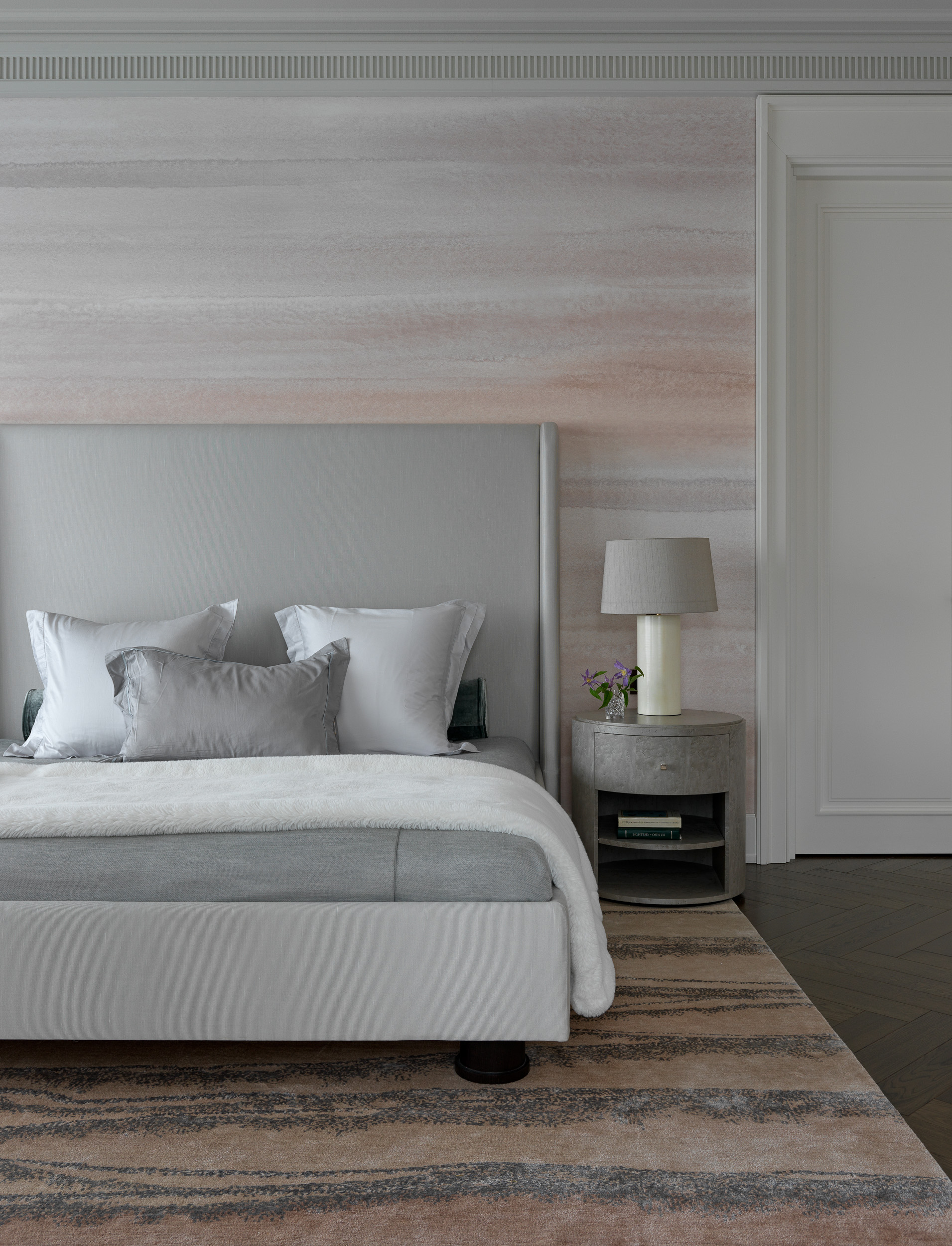
focal point of the interior is the “OCEAN’ handmade rug from Caledonia collection
O&A: Every year you hold an award that celebrates the best designers. In 2019 “Designer of the Year” was awarded to Oleg Klodt and Anna Agapova. How do you choose the best?
O&A: I will be honest, it is purely a subjective choice of our editorial team. I won’t claim we are experts but we as people who are constantly observing the process feel that it is important to recognise, support and highlight talented designers. We give the award to those who in the past year achieved something that is worthy of attention. We do not award any accidental one-off successes. We minimise the chance of fluke here even though some people have disappointed us in the past. So far, after years of holding these awards, I think it is safe to say that we have not experienced any major errors of judgement.
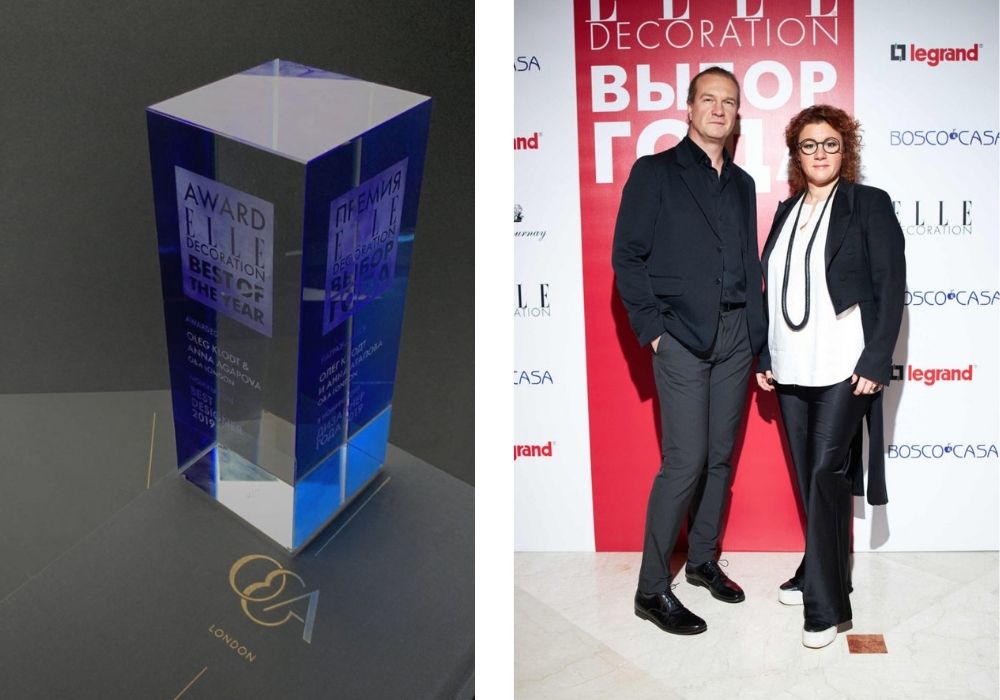
O&A: Can you name top five up and coming world class object designers in Russia?
O&A: We can’t really speak of world class at all right now. Russia is isolated and perceived as a third world country. What is the world of art and design? It is the absence of boundaries. There is no such thing as Italian or Scandinavian design. There is no such thing as American or Japanese design, there is just one world, the whole world! It is the same for art. Contemporary art freely moves across all border. An artist can go see their colleagues’ work in New York today, fly to Tokyo tomorrow, and create on some remote island two days later. Today they exhibit their work here, tomorrow somewhere else. They are constantly learning rather than stewing in their own juice. An artist cannot lock themselves inside one community even if this community is a very large country. If we look at the artists who have any weight in the art world, all of them are people who moved a long time ago and are now living abroad.
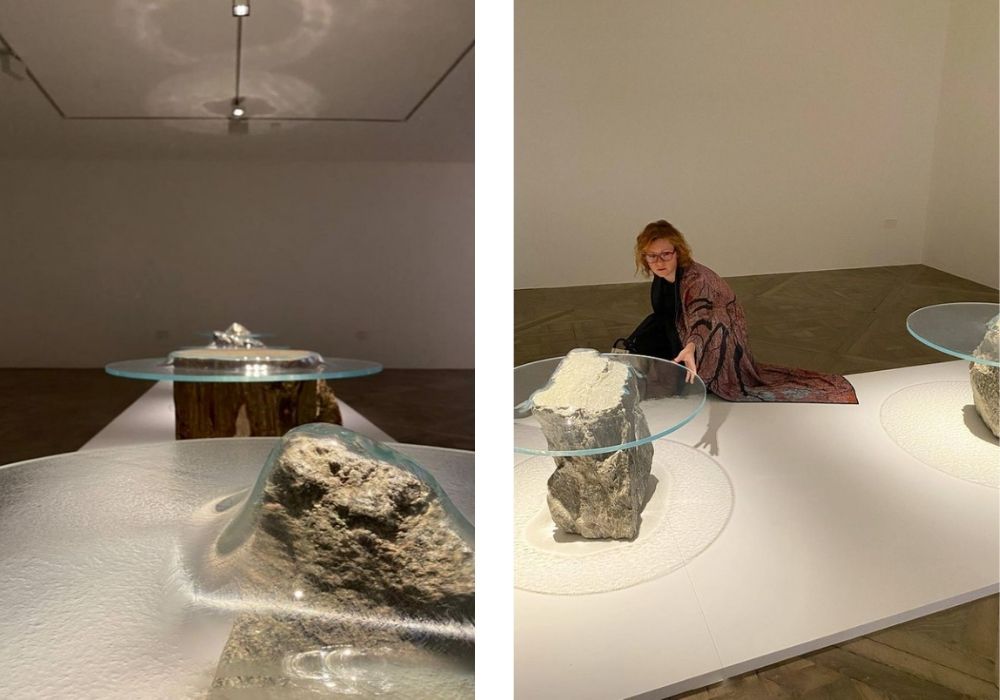
The world is very different now. To be a world class designer one needs to be able to create something with one’s hands, be able to work with real objects. They need to practice on manufacturing sites. If one is unable to make something with one’s hands one cannot be a true designer. To make a chair one has to literally make it, not just draw it nicely in 3D. There are some designers, but they are few and far between, who have created something in collaboration with independent international brands. Not just by ordering an item designed by them to be manufactured, which would just make it a commissioned item, but by actually making an object that sells.
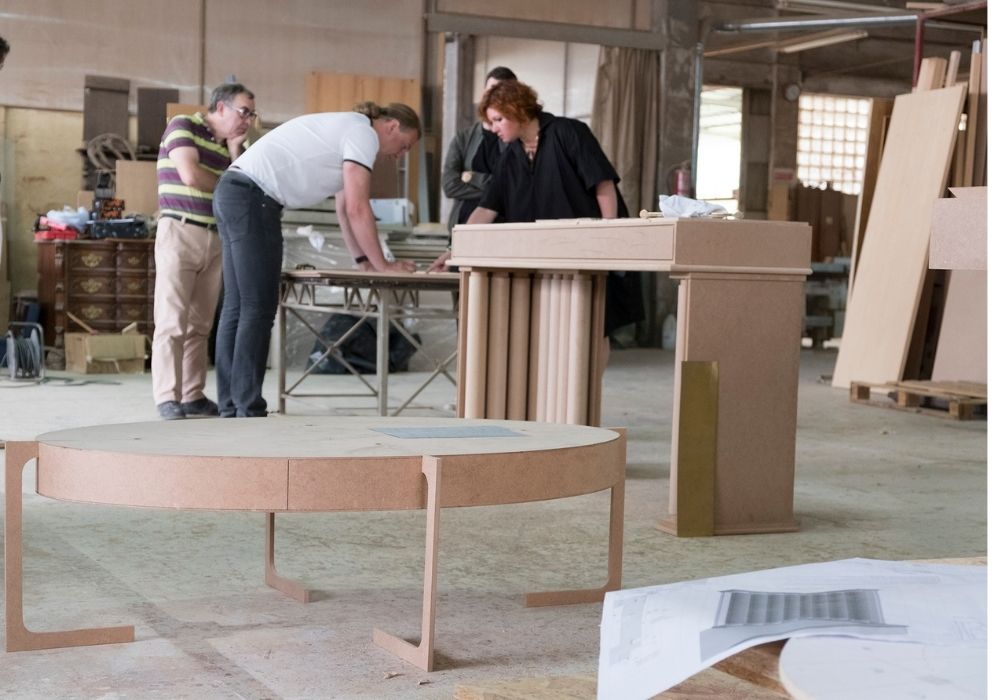
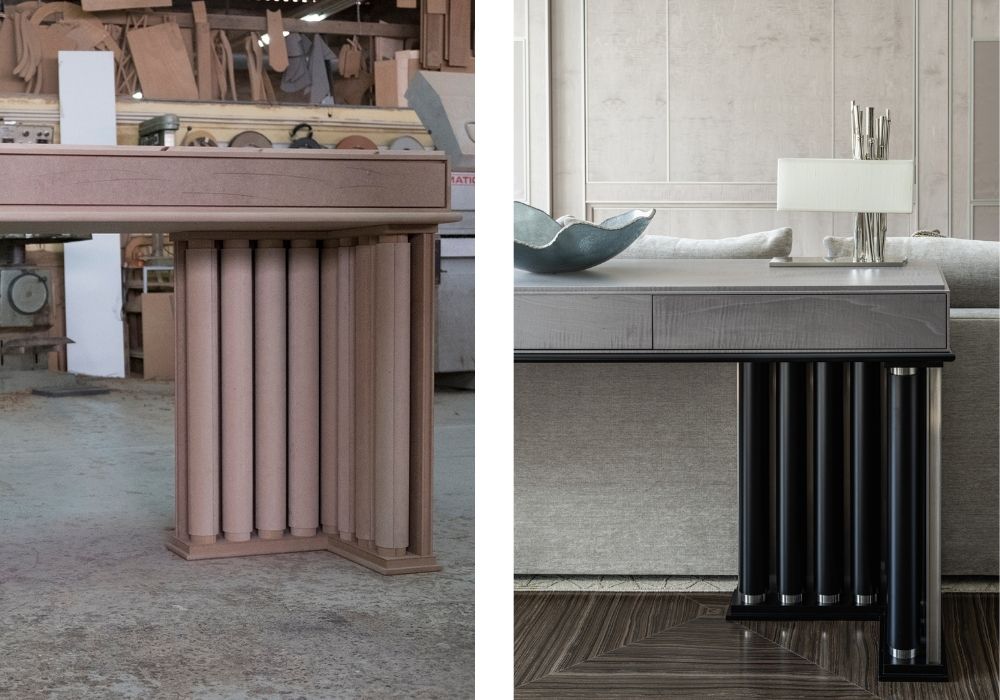
O&A: Your wife Elena, having worked as ELLE’s editor in chief for many years, talked about how difficult it was to leave the glossy magazine behind on one’s own accord. Do you agree? Have you thought about what you are going to do after ELLE?
AD: I never really thought about anything – everything seems to have come into my life by itself. I think there comes a moment when it is necessary to change something. Now is the time when it is impossible to stifften up as things are changing so rapidly. To create a magazine that will be interesting for its readers one needs to make it different every single time. The magazine also needs to have one very important feature, such as content that you will not read anywhere else. This means quality production, own shoots, texts and essays, not just a simple compilation of pictures and quotes from press releases. It is a difficult task, especially now that the glossy magazine era of flights, photo shoots and champagne has come to an end. There are also websites, social media and online and offline events that simply do not allow one to stand still. One should never be pleased with what one does – there should always be doubt. It is the only way to create a magazine that will generate interest. The reader also highly values honesty. They know and understand a lot, and it is impossible to fool them. And the vote is cast by buying or not buying your magazine. That’s it.
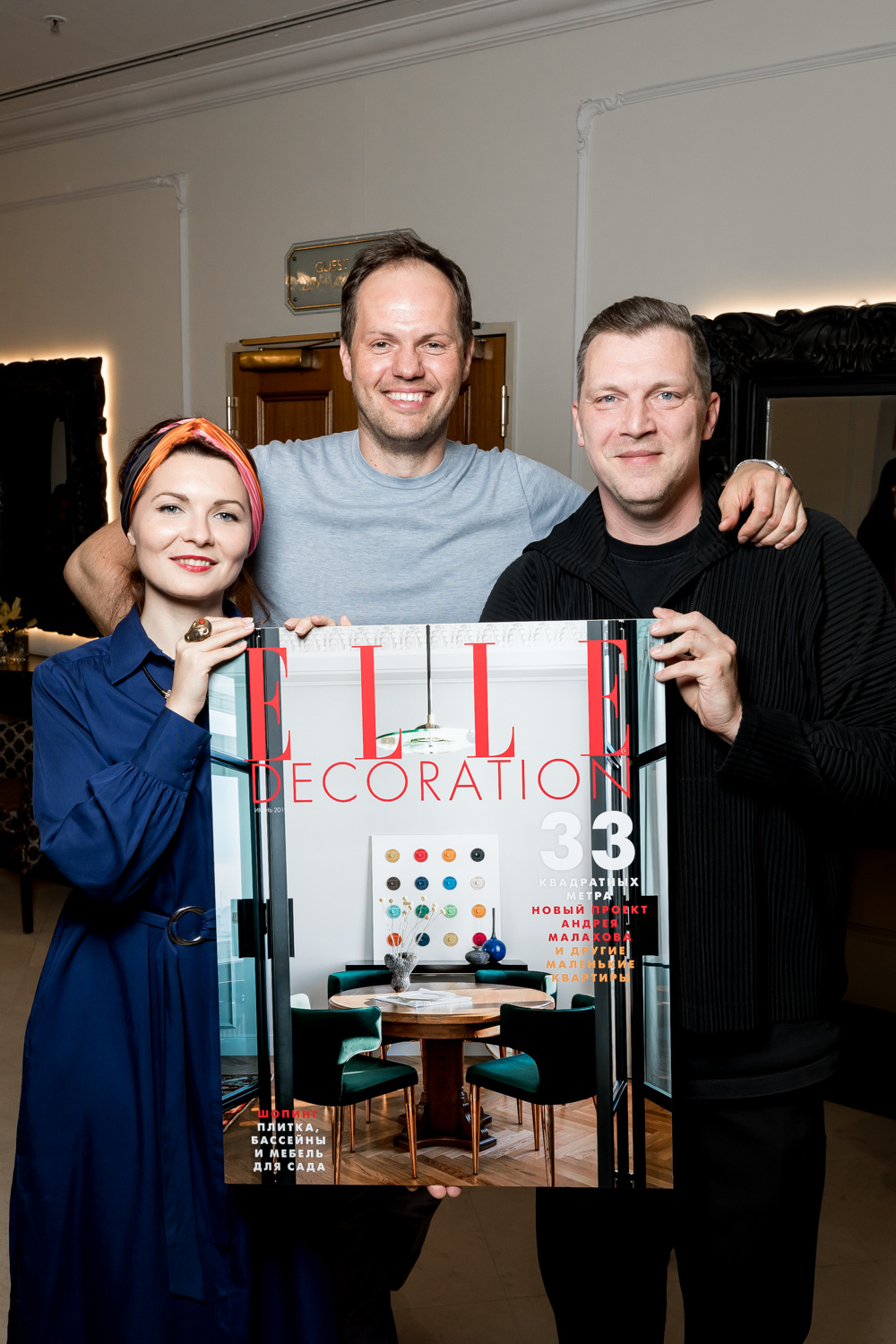
O&A: ELLE Russia is a part of the global editorial team. There are also ELLE USA, ELLE France and many others. How different from the rest is ELLE Russia?
AD: We do not have a global editorial team, there are 27 completely independent publishing offices with completely different concepts within some sort of brand identity. In America, ELLE is a luxury magazine, just like it is in Russia. In France it is a glossy magazine which is made in the mix and match format. In the UK it is a so called ‘consumer magazine’. In Italy it is more of a b2b, a magazine about design for designers and furniture manufacturers.
ELLE Russia is not about design but about interiors. Our speciality is not design even though we write about Russian design a lot. We have always supported designers with even the smallest items they have made themselves. I sincerely hope that this is the way others, including ELLE international publishing offices, learn about our designers.
O&A: What inspires you in your work?
AD: Everything, as you well know. Sunshine, good/bad weather, morning cup of tea, yoga, a kiss from my son. Every day I see the spire of the University made by my grandfather. I am proud that my grandfather was an honoured builder of the USSR. He built these houses with his own hands, not just drew them. I tell my son about it.

And there are also books. It is simply incredible; you just dive in and lose yourself. Of course, I am inspired by 18th century art as it is my favourite period.
I’m also inspired by the work of my colleagues. We’re always in communication with designers, editors and photographers. I go to shoots, look at projects. We still do the shoots ourselves, just like in the good old days. This allows one to see one’s work differently every time.






